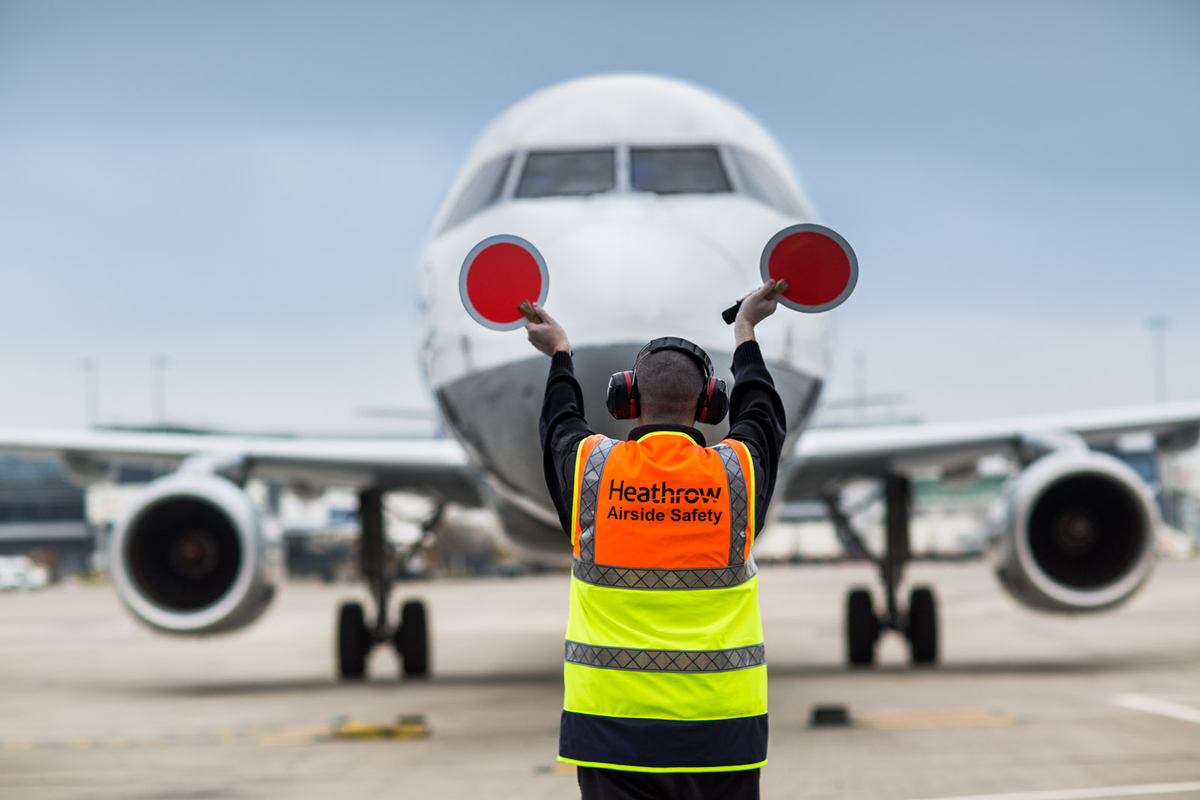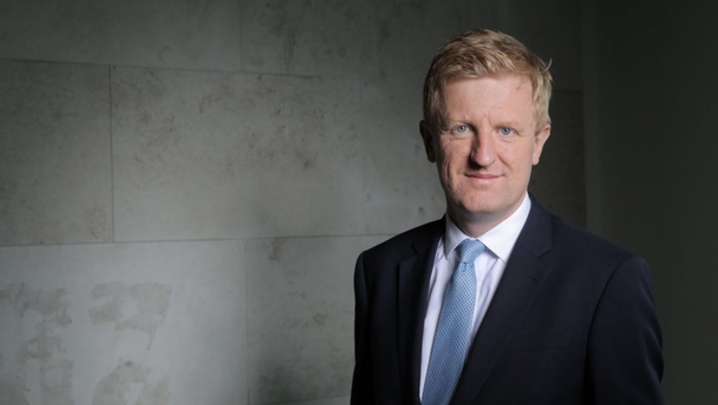UK TV advertising is said to be in the doldrums. But the real picture is more nuanced. Pippa Considine runs the numbers
The downturn in UK TV advertising revenue is beyond dispute, with marked declines in the first half of 2023. But what is the full picture and when might we see a recovery?
Channel 4, reliant on ad revenue to fund its content, has paused most commissioning, dropped productions and reduced episode counts for shows in the pipeline. With characteristic sensationalism, The Mail on Sunday reported on 10 June that Channel 4 staff had branded the situation a “bloodbath”.
ITV, as the largest single advertiser-supported, free-to-air broadcaster in the UK, is a bellwether for the industry. In the first three months of the year, while digital advertising grew by 30%, compared with a year earlier, it reported that total ad revenues had fallen by around 10%. It forecast that the three months to the end of June would be down by 12%, compared with 2022.
This drop needs to be put in context. First, it is a return to the activity levels seen for the same quarter in 2019, pre-pandemic. Second, this fall follows a robust year in 2022, which was the second highest year ever for TV advertising revenue in the UK – 2021 was the highest, when the total ad market grew by 24% to £5.46bn.
ITV’s Director of Commercial Sales and Partnerships, Mark Trinder, says that advertisers were rattled at the end of 2022, “but not in a way that they were reducing numbers significantly in their marketing plans.” For retailers and FMCG (fast moving consumer goods) advertisers, he describes 2023 as “a game of two halves”, with a first half of see-how-we-go.
He reports that “organisations are making decisions almost when they are in the quarter”. But, looking ahead, there are reasons to be optimistic: “We are seeing a lot more positive client sentiment going into the second half of the year.”
ITV is already seeing a growth in partnership deals. The end of the year is traditionally strong for ad revenue, and the coming months include the potentially lucrative Women’s Football World Cup and the Rugby World Cup, plus Love Island and the launch of the revamped Big Brother.
“The majority of people certainly are saying their businesses and their categories are doing better than expected,” says Trinder. “And I think what we’re just starting to see now is that uptick of positivity, which hopefully will bring more activity.”
Reaching audiences via TV has got cheaper. “Since January, for most major audiences, there has been deflation in the airtime market,” notes Trinder. “Brands are probably starting to latch on to that to a greater degree as we go to the second half of the year.”
At Enders Analysis, the prognosis from the beginning of the year has been a 5% fall in TV ad spend in 2023 compared with last year. The Advertising Association and Warc (World Advertising Research Center) have recently adjusted their 2023 forecast for UK TV advertising to predict a 2% fall for this year. Enders Head of Research Alice Enders feels that is “over-optimistic”, however.
Channel 4 says that its current ad revenue declines are in line with the wider market and its competitors. In a recent letter to producers, Channel 4 Chief Content Officer Ian Katz described “the challenging commercial environment”. He said that ad revenues were down further than the predictions used by the channel to calculate content budgets.
During this summer, Channel 4 is continuing to develop shows but only commissioning for current affairs and digital. Series in the pipeline that have been cut include reality show Four Weddings and Kirstie’s Handmade Christmas. It has reduced The Last Leg from nine to seven episodes.

The downturn might be harder than predicted, but it was clearly coming. “This is not surprising news to the broadcasters in that they expected it and largely budgeted for it,” notes Lindsey Clay, Chief Executive at commercial TV marketing body Thinkbox.
ITV’s diversified business model makes it less reliant on advertising: while revenue at its media and entertainment business fell 9% to £495m, compared with the same period a year earlier, revenue at its production arm, ITV Studios, was broadly flat at £457m.
The broadcaster is still expected to grow its production budget by 5% this year, to around £1.3bn, as it funds new output for ITVX.
Channel 5 remains unruffled. “We typically commission less over the summer months as we are already well stocked,” says a spokesperson for the broadcaster. “But we have the same number of hours in production as last year.”
There are many factors underlying the fall in ad revenue: the pandemic still has a distorting effect; the cost of living crisis, brought on by the huge hike in fuel and energy prices, has forced advertisers to look at their marketing budgets; inflation and rising interest rates are squeezing profit margins.
Nick Waters, CEO of media investment analysts Ebiquity, says that advertiser caution has grown from the end of last year: “What we have seen is advertisers planning with a great degree of caution because of the expectation that the consumer market would collapse.”
He adds that, in a cautious market, with advertisers looking for shorter-term investment, “typically, the way to do that is to allocate more to performance media”, where payment is linked to results.
“There doesn’t seem to be a consistent pattern of behaviour in advertisers,” says Clay at Thinkbox. “When you ask them, or agencies, about the reasons behind clients cutting their spend, the reasons are many and varied.”
The UK has so far avoided a recession, but growth has been negligible and there are widespread warnings that more interest-rate hikes could tip the balance. “I have referred to the state of the economy for over a year as a zombie,” says Enders.
The broadcasters are still widely hopeful that ad revenues will recover or at least stabilise later this year. “Once the economic pressures start to ease, TV will bounce back very quickly – just as it did post-pandemic,” argues Clay.
In the short term, Waters at Ebiquity is sticking with caution: “I think budgets across the piece will be under pressure, not just in television, through the course of 2023. The only thing that will change that is if inflation comes down and the Bank of England pauses interest-rate increases.”
While noting “encouraging signs around ITVX”, Waters forecasts that 2023 will, overall, be a challenging year for free-to-air broadcasters.
The trend away from linear to digital advertising is steady, with BVoD (broadcaster video-on-demand) channels growing their revenues. New ad-supported streamer services, such as those offered by Netflix and Disney+, have yet to make a significant impact. “I’m not sure that those streaming services are going to help advertisers reach audiences very much more,” says Waters. For now, the big TV ad revenue remains in linear.
As we get into 2024, Enders predicts “a very mild economic recovery.… Real household consumption will remain impaired, relative to 2019, until 2025.”
The Bank of England and the Office for Budget Responsibility anticipate an increasing recourse to credit. The impending general election may well provoke government policies to stoke spending. Margin compression may be alleviated. All of which feeds into her view that “there could be a sort of modest recovery in TV advertising next year”.







